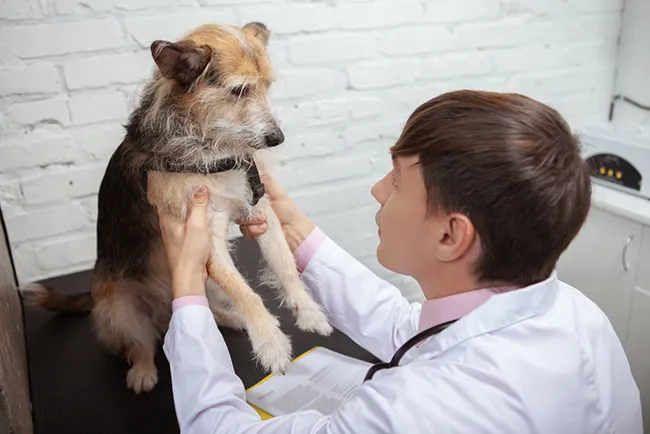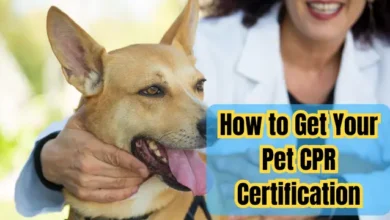
Are you aware of canine hip dysplasia in dogs? Well, it is a condition, where the furry fellow’s hip joint does not form correctly. The bad formation results in pain, and stiffness, and even the movement is reduced in the hip joint.
If the introduction has made you eager to learn more, then the blog is here to provide you with details on the signs and how you can avoid surgery.

The Symptoms
Imagine yourself calling your dog to have lunch. When they come, you see them struggling to walk properly, or hopping, to manage the discomfort somehow. That problematic arrival is considered one of the common signs of this joint disease, which also impacts the ball-and-socket joint in your dog’s hip, causing a lot of pain.
Besides this, you will come across the following signs as well:
Limping
You may see your furry companion relying on both hinds or one leg while running or walking.
Difficulty In Getting Up
Your dog may experience difficulty in getting up or lying down. Both movements require a little balance on the legs.
Fewer Activities
The wrong formation of the joints makes your dog lose interest in playing. Or even when you call them to go out for a walk. The discomfort just does not let it enjoy doing anything.
Walk Style Changes
If you pay attention to your dog’s walking style, you will also see that they are either sawing or hopping like a bunny. In this way, they try to avoid feeling the pain.
Muscle Loss
Your dog might experience muscle loss. How? The muscles around their hips may look wasted and smaller than normal joint muscles.
Touch Sensitivity
Your dog might enter the stage of touch sensitivity. Because, even if you try to touch them gently, it will still cause uneasiness. As a result, they might prefer being alone.
Some Non-Surgical Approaches
Yes, you have an option of surgery. However, there are some non-surgical approaches as well to get your dog out of the misery:
Manage Weight
If you have been feeding your dog many times a day, then it is time to change the routine. You need to manage the weight as extra fat also puts stress on the joints.
Choose Light Exercises
Try your best to choose light exercises. For instance, take your dog swimming or walking on soft ground, instead of running on hard surfaces.
Search For Physical Therapy
Search for a good physical therapist. Why? They can help you in teaching your dog a few exercises to boost the flexibility of their hip muscles and strengthen too.
If you need any assistance regarding joint disease, then get in touch with Blue Sky Vet. Their team will guide you ahead.
Frequently Asked Questions
How do you know that your dog has a joint disease?
If your dog has joint disease, signs may include limping, stiffness, irritability, frequent slipping while moving, loss of appetite, depression, and licking, chewing, or biting the affected area. Additionally, lethargy or reduced activity levels can indicate discomfort. If you notice these symptoms, consult your vet for diagnosis.
Does exercise help dog arthritis?
Regular exercise provides a range of benefits for dogs with arthritis, such as: enhanced joint flexibility and mobility, strengthened muscles to better support the joints, and decreased inflammation and discomfort. These activities help improve overall joint health and can significantly ease arthritis symptoms.




